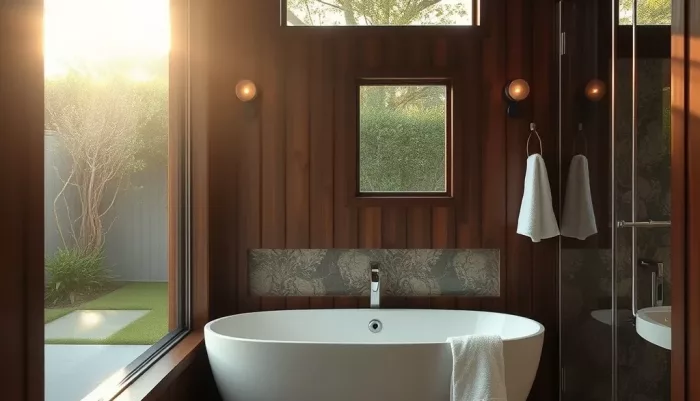AI Based Design
Midcentury Design
Midcentury Design Style: Timeless Elegance and Functional Aesthetics
The midcentury design style, which developed between the 1940s and 1960s, is an iconic approach to interior design and furniture design. It is characterised by its clear lines, functionality and innovative materials. The style seamlessly combines aesthetics and practicality and has proven itself to be timeless over decades.
Characteristic features of the midcentury style
- Clean, functional lines
The design language of midcentury design is reduced and characterized by clear lines and geometric shapes. Superfluous ornaments are avoided, instead the focus is on functionality. - Organic shapes
In addition to clear lines, organic, curved shapes are another central feature. Furniture and accessories often pick up on natural curves and soft transitions that are reminiscent of nature. - Variety of materials
The midcentury style experiments with different materials, including wood (especially teak), metal, glass and plastic. The combination of traditional and modern materials gives the designs their characteristic versatility. - Palette
The color palette of midcentury design is diverse. It ranges from neutral tones such as white, beige and grey to bold colours such as mustard yellow, olive green, coral or petrol. Accent colors are often used to create a vibrant yet harmonious atmosphere. - Functionality as the key
Midcentury style furniture is not only visually appealing, but also practical. Multifunctional designs, storage solutions and ergonomic design are typical of this style. - Integration of nature and space
The midcentury style emphasizes a connection between indoor and outdoor spaces. Large windows, open floor plans and the use of natural materials promote a harmonious feeling of space and allow light to flow into the living space.
Influence of midcentury design
The midcentury style was a reaction to the post-war period, in which the focus was on functionality, simplicity and new materials. He was influenced by renowned designers such as Charles and Ray Eames, Eero Saarinen, George Nelson and Arne Jacobsen. Her designs, including the famous Eames Lounge Chair or the Tulip Table by Saarinen, are still considered masterpieces of design today.
How to implement the midcentury style
- Furniture: Choose furniture pieces with clean lines, slender legs, and a minimalist aesthetic. Classics such as teak sideboards, cocktail chairs and curved dining tables are typical representatives of the style.
- Colour accents: Set targeted accents with strong colours in the form of textiles, works of art or accessories.
- Lighting: Lamps with futuristic shapes and high-quality materials such as brass or chrome round off the look. Floor or pendant lamps in the style of the 50s are popular.
- Materials: Use a mix of wood, leather, glass and metal to create a balance between warm and modern elements.
Why Midcentury Style Remains Timeless
The midcentury style is a prime example of “form follows function”. Its timeless aesthetics and high quality of designs have made it a perennial favorite. Today, it is experiencing a renaissance as it can be perfectly combined with modern and classic interior styles.
Whether you incorporate individual midcentury elements or design a room completely in this style, it always creates an elegant, functional and inviting atmosphere. For design lovers and aesthetes, the midcentury style remains a source of inspiration and a symbol of timeless modernity.
















